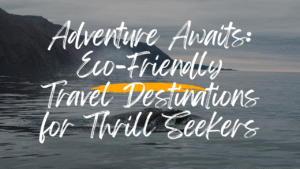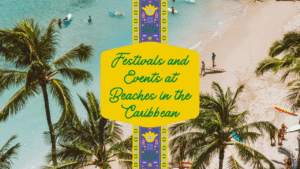Australia is home to some of the most breathtaking and diverse landscapes on the planet, making it a dream destination for road trip enthusiasts. From coastal routes to rugged outback adventures, there’s no shortage of epic drives to experience. Whether you’re chasing golden beaches, dramatic cliffs, lush rainforests, or vast deserts, these road trips will leave you in awe. Let’s dive into the top 10 Australian road trips you absolutely must experience.
Table of Contents
1. The Great Ocean Road (Victoria)

One of the most famous coastal drives in the world, the Great Ocean Road stretches for 243 km along Victoria’s southern coast.
Highlights:
- The iconic Twelve Apostles rock formations
- Stunning viewpoints like Loch Ard Gorge and London Arch
- Surfing in Torquay, home of Bells Beach
- Koala spotting at Kennett River
Best Time to Visit: Summer (December–February) for the best weather, but spring and autumn offer fewer crowds.
2. Sydney to Brisbane (Pacific Coast Drive)

A classic east coast road trip covering approximately 900 km, this route is packed with scenic coastal towns and adventure opportunities.
Must-See Stops:
- Hunter Valley wineries
- Port Macquarie’s Koala Hospital
- Byron Bay’s lighthouse and beaches
- The Gold Coast’s theme parks and nightlife
Best Time to Visit: Spring and autumn for pleasant temperatures and fewer crowds.
3. The Gibb River Road (Western Australia)

For the adventurous traveler, this remote 660 km outback track in the Kimberley region offers rugged landscapes and stunning waterfalls.
Top Attractions:
- El Questro Wilderness Park
- Bell Gorge and Manning Gorge waterfalls
- Windjana Gorge’s freshwater crocodiles
Best Time to Visit: Dry season (May–October) to avoid impassable roads.
Conclusion
Australia offers a variety of road trips, each with unique landscapes and experiences. Whether you’re looking for coastal beauty, outback adventures, or rainforest retreats, there’s a perfect trip for you. So fuel up, hit the road, and start exploring this incredible country one mile at a time!
Also visit:
Planning Your Perfect Road Trip in Australia
Top 10 Wildlife Safaris in Africa You Must Experience
Planning Your Dream Wildlife Safari in Africa
The Magic of Wildlife Safaris in Africa: What to Expect




